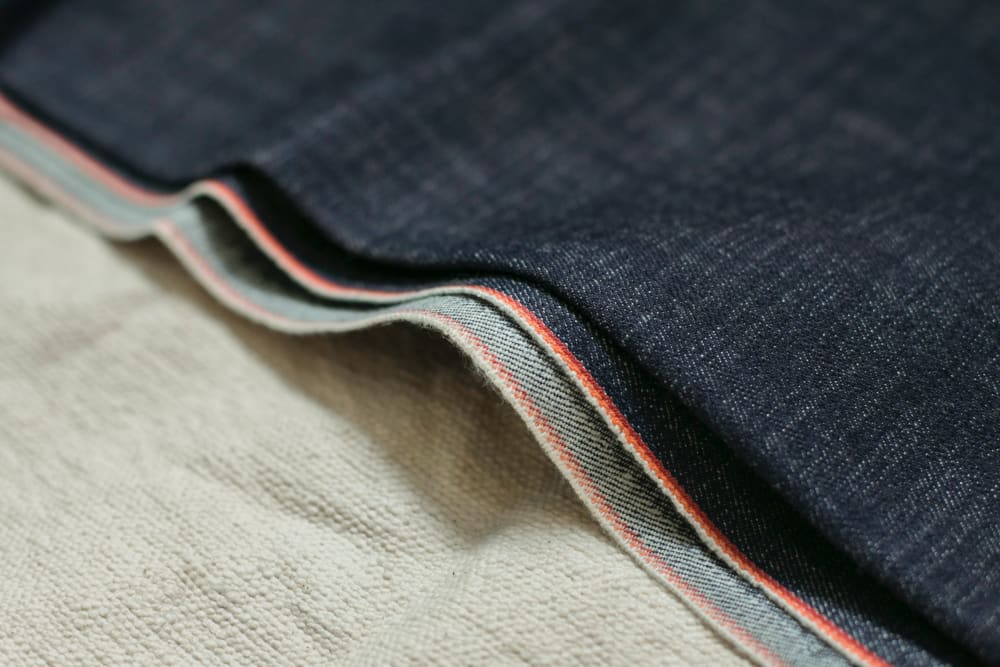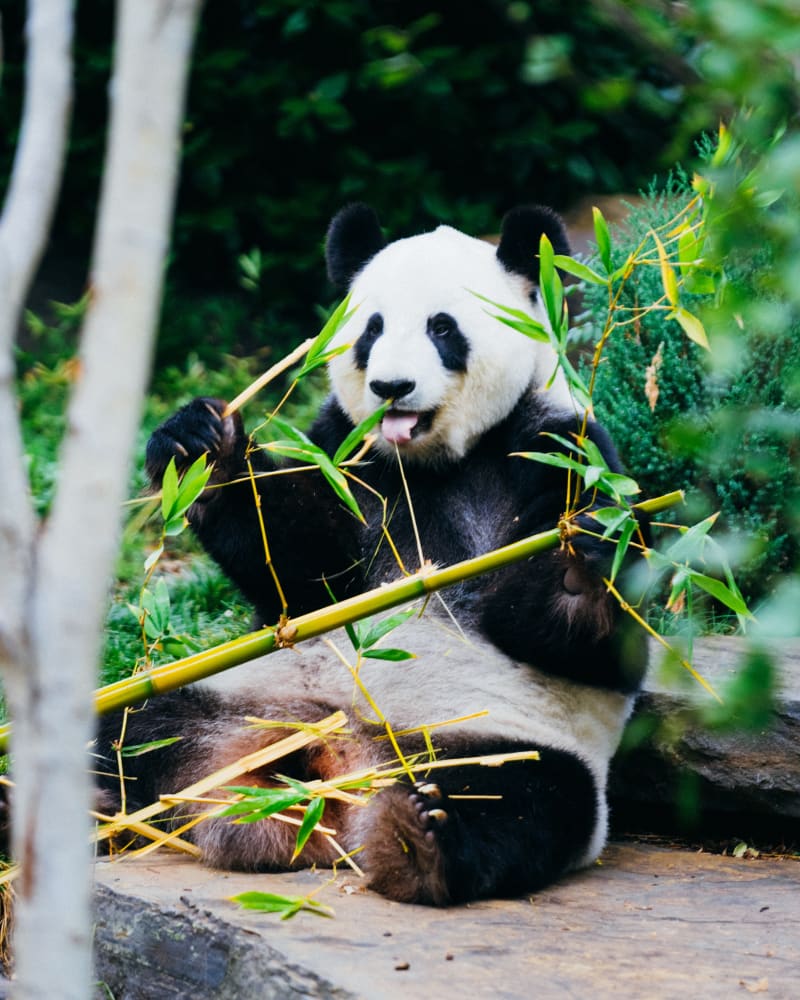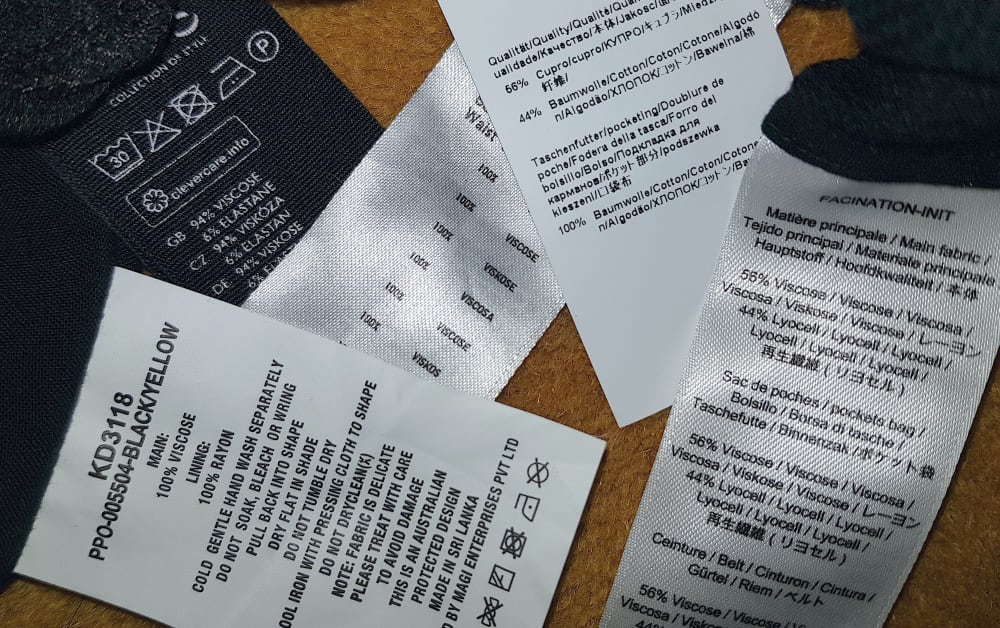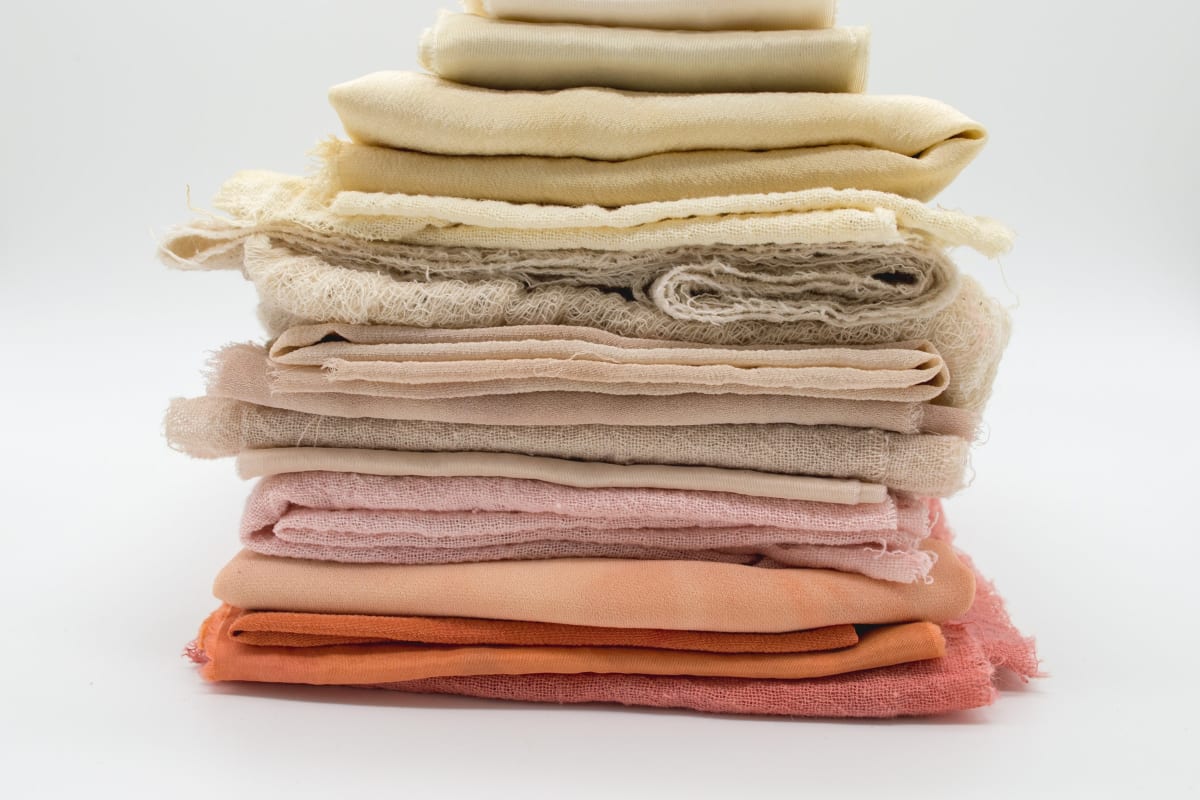Clothing durability is at the heart of the sustainable style discussion with defiant fashion designers such as Vivienne Westwood advising us to “Buy Less, Choose Well, Make it Last’. The #30wears movement is a great example of how we can put this into practice. Essentially, this is about minimising our clothing waste, by aspiring to wear each piece of clothing that we buy at least 30 times, or in other words, we should ask ourselves whether we would wear something 30 times before we commit to a purchase.
Did you know that on average, each item in our wardrobe is only worn 7 times before it’s thrown out?
By applying the 30 wears principle, we can effectively extend the life of our wardrobes by 4 times and cut the same amount of clothing waste that we generate. However, we can all appreciate that not all clothes are made equal and in some cases, it’s difficult to translate this moral intent into practical terms, when items literally unravel at the seams and with things like shape and colours disintegrating in the wash. That’s why we think it’s important to check the fabric composition on your clothing labels, as it is an easy and effective starting point to understand the durability of an item and whether it is made to last.
Synthetics in the spotlight
Denim (cotton-synthetic fibre mix)
We all have that one reliable pair of jeans that has served as a solid wardrobe fixture. The average pair of jeans has an estimated shelf life of five–ten years and so it is not surprising that denim comes out on top in terms of wearability. Jeans made of 100% cotton are generally more resistant to wear and tear, but it is more common, particularly for women’s jeans to be constructed of a cotton and synthetic blend, including fibres like elastane (aka Lycra or Spandex), which gives a bit more stretch and movement. This blended fabric also helps jeans retain and bounce back to shape, compared to pure cotton, which can stretch out more with wear.
Denim does however, have a dark side, as production can include toxic chemical washes, particularly where synthetic dyes are used, which can harm production workers and marine life when it seeps into waterways. As jeans are so ingrained into casual dress, we should make sure to invest in ethical brands (particularly those producing with organic cotton), and a fitting pair to see us through the seasons. For example, Mud Jeans offers an un-dyed denim collection and a 12 months jeans lease program, where you can choose to keep or return your jeans for recycling after a year. Nudie Jeans (EU) and Boyish (US) are also examples of companies which are committed to producing jeans in a more eco-friendly way.

Polyester
The athleisure fashion trend has led to a huge demand for tear/stretch free polyester products. As polyester does belong in the class of plastics, it has properties that make it hard-wearing and highly durable, which means it can hold its shape well, withstand wear and tear and is pill resistant. However, polyester is typically sourced from crude oil and its production is energy intensive and the fibre is also non biodegradable, which means in landfill, polyester garments can stay around for a long time.
Recycled polyester (rPet) is the new sustainable buzz word making an appearance amongst fashion retail. That thrown out Evian water bottle could end up as a new clothing purchase, as rPet is composed of recycled plastics, which slashes CO2 emissions. However, synthetic fibres, even those that are recycled like rPet, can still result in micro-plastics entering our waterways through shedding in the wash. So if you do wish to incorporate some polyester into your daily ensembles, do look out for rPet on your next purchase and you might also want to consider polyester for pieces that require less time in the washing basket, like outerwear and jackets or mix this fibre with cotton blends, to take advantage of its durability, without compromising on too much plastics!
Natural Fabric picks
Linen
The stems of the flax plant are spun into fibres to create linen. This fabric has demonstrated its notable strength throughout history. Its ultra-absorbent qualities have allowed wet linen cloth, which was wrapped around Ancient Egyptian mummies, to stand the test of time and be discovered amongst the tombs intact. Apply this to the modern day with your linen coat surviving many a downpour on your daily work commute (when that was still a thing!). Linen can be considered as a wise clothing investment and handy addition to a capsule wardrobe as it is capable of adapting to different weather conditions.
In other words, its breathability keeps you cool in the sun and its thermo regulating properties allow you to be cosy in winter conditions. It is naturally moth resistant, so you are less likely to find your favourite linen blouse covered in holes! There is some maintenance to consider, as linen can require extra ironing and it can wrinkle when worn. To avoid creasing, it is best to hang up linen items rather than rolling them up in a drawer, but good care of these items will ensure they endure through the seasons.

Bamboo
The bamboo plant requires no fertiliser and is much more than a part of a panda’s diet, as it has proven resilience as a material often used in building construction, favoured for its strength and flexibility, which is translated into durability and elasticity as a clothing fibre. Bamboo fabrics are biodegradable; boasts softness, anti-static and absorption qualities (no uncomfortable sweat patches!) and wrinkles less than cotton. Bamboo can be considered low maintenance, therefore requiring fewer trips to the washing machine with its antibacterial properties and because it is able to grow with little water and chemicals, it is often touted as a sustainable material.
However, the manufacturing process to create bamboo fibre from the plant can be chemical intensive, though it is a step up from the processing required for certain synthetics. There are many properties of bamboo fibre which make it a versatile and durable material for clothing and if you do have a few of these pieces in the wardrobe, do pay close attention to care instructions, to avoid your favourite dress shrinking down a size or two!
A cellulosic to round things out
Rayon
This cellulosic fibre originally derives from an organic or natural compound e.g. wood-pulp, which is then taken through a manufacturing process, usually involving chemical processing, in order to make the material that we know as rayon or a variation of it, such as modal, viscose, cupro or lyocell, or you may also know it by a brand name i.e. Tencel. Throughout the years, these many variants have been used from the most luxury of brands to high street value chains and it’s as likely to turn up on the label of your next party number, as it is on your panties!
The smoothness and softness of rayon has meant this fibre is often referred to as artificial silk and in many respects, it does replicate the silky and lustrous texture of natural silk. However, there is one key drawback, in that rayon is not the most durable of fabrics, particularly when the fibre is wet and similar to silk, it is prone to shrinkage. Care should be taken when choosing items made of rayon fibres, maybe opt for a blended material (with a little synthetic like elastane or maybe cotton or linen) to enhance durability and perhaps avoid really lightweight rayon, which might look and feel great in store, but may not last that many cycles in the wash.

Interested in digging a little deeper?
- Want a practical way to keep tabs of your 30 wears? This simple and free 30wears app can help!
- Some nice tips to keeping your favourite denim in top shape.
- Check out these material guides from Good on You.
- Ecocult deep dives into rayon fabrics.
- Check out this short guide to linen.
- For those a bit more hardcore, you can create an account through the Sustainable Apparel Coalition website, to explore the environmental and social impacts of producing different fibres using the Higg Index.
Like what you just read? Share it on:

